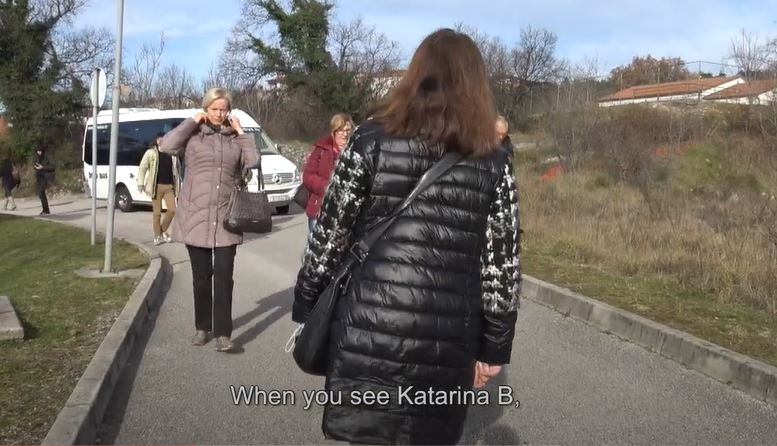The University of Zadar created cataloguing cards and guidelines with criteria and categories for every partner, that helped shape out Digital documentation centre – an interactive website with all locations and objects from the Revival project area in Italy and Croatia. Cataloguing cards made sure that every project partner has collected basic information on every locality while adding all archival documentation, secondary sources (like newspapers and publications), videos, photographs and explanation of potential new cultural tourist offers on selected buildings and sites.
In all of that, the University of Zadar, as a scientific project partner, firstly prepared detailed guidelines that helped single out and select localities that are apt for reviving. They needed to be built in the 20th century, on the site where it used to be a building or destroyed the architectural complex. These localities were slightly forgotten - without recollections within the local community or preserved in personal stories and memories, totally or partially abandoned, converted (like former schools, jails and sacral buildings), partially preserved or upgraded, and they needed to be formerly used for ceremonies, manifestations, traditional art and other intangible cultural heritage processes. Myths, folk legends, stories and curiosities also played a big role, because based on them and other aforementioned criteria, desirable tourism products could arise, as localities themselves could not attract tourists or investors, and without the context, they aren’t interesting enough for the general public.
Thorough information on every locality
The Digital Documentation centre is now live and it incorporated all lost heritage of the Adriatic landscape for visitors to see and explore. Thanks to the University of Zadar, the website has information on every forgotten locality: from summer camps, schools and cinemas, to bunkers, fortifications and industrial complexes that have architectural and historical significance. While presenting the main goals of the project Revival, the website has the 3 most important segments - Location lists, Location maps and Video galleries, which provide a digital walkthrough within just a few clicks.
The location list has two main categories (Croatia and Italy), while every lost heritage locality is then connected with their geographical areas – Croatian cities Zadar, Split and Rijeka, and Italian municipalities Forlì, Cesenatico, Campobasso and Pesaro. With one click, every visitor can access each locality and see its main information like typology, year of build, original name, style, architect and owners, while then there are thorough explanations of typology and style, architectural description, history and historical context, urban context and possibilities of creating new tourist offers on selected buildings and sites. In all of that, there are photo galleries for each locality, which give a visual representation of lost heritage.
Interactive approach and new features
On the other hand, a Location map allows a more interactive approach, where one can explore project areas via satellite image with location pins, which give the perception of the vicinity of every locality. From there, with a click on a location pin, one can again reach a detailed description of every building, area and industrial complex for further research. In the end, every visitor of the Revival website can browse the Video gallery, which is filled with content created within the project, while those who want to know more can fill out the contact form to get in touch with project Revival representatives.
Soon, the Digital documentation centre will introduce a great new feature, because there will be storytelling videos of main locations and it will be shaped in form of the interactive and informative virtual tour. Content on this website is the first step of reviving dismissed areas, buildings and industrial complexes in the Adriatic landscape. Because with cataloguing and presenting them to the public, they are being researched, learned about and relived in memories - this way, they are given a new purpose and saved from oblivion. The University of Zadar contributed construction of this Digital documentation centre and is now managing its online archive. However, even when project Revival ends, the University of Zadar will continue managing this website which will be used for scientific purposes, whilst the digital centre will remain in the hands of all 8 partners that will use it as support for the cultural route on the lost heritage of 20th century.

